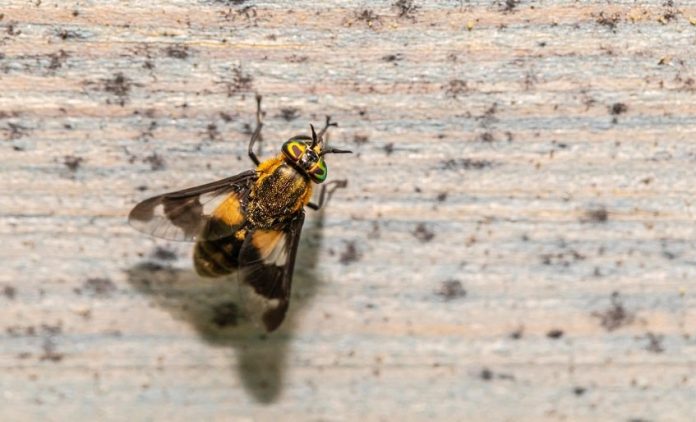
Noticing a cockroach or a colony of ants in the kitchen is every homeowner’s worst nightmare. What’s more, once the pests enter your property, they will for sure try to make it their forever home, which is why it’s essential to keep them at bay. So, if you’re worried about finding bugs in your safe space, it’s time to change your routine and secure your home from these stubborn intruders. Here are some ways to protect your house from insects and other pests.
Keep your kitchen clean
Pests and insects will try to enter your home because they’re always looking for food and shelter. But, more importantly, if you can provide those essentials, they will enter and stay in your home. So, store all your food in containers and never leave fresh produce on the kitchen counter.
But even if you find the best way to store your food, keep in mind that your floors need to be clean as well. Breadcrumbs or food particles will attract ants, ladybugs, and other insects, but if you sweep the floors and clean your kitchen at least once a day and keep it free from dirt, debris, sugar grains, and food; pests won’t try to enter your home.
Use the right light bulbs
Mercury vapor lights can attract insects such as mosquitoes. But, if you replace them with high-pressure sodium vapor or halogen lights, your home will be drastically safer. That is because bulbs with orange, pink, or yellow tints aren’t attractive to insects.
Moreover, it’s also a good idea to change the location of your outdoor lighting or add another lighting fixture as far away from your home as possible. For example, porch lights will keep mosquitoes near the front entrance, and every time you open the door, you increase the risk of letting these insects into your home. Path lights, on the other hand, will keep mosquitoes at a safe distance.
Seal cracks and gaps
Your front door isn’t the only entrance pests can use to get into your home. Cracks in walls or air leaks in the attic are excellent entry points for insects and pests. Therefore, you can inspect your property and seal cracks you notice on your exterior walls, and check the attics for gaps. While you’re at it, inspect your roof and gutters as well. Many rodents and pests will try to make nests on the roof, which can later damage your gutters or affect your safety.
Hire pest control services
Sometimes, no matter how hard you try to keep the pests at bay, they will enter your home, and all your efforts to keep them away will be in vain. If that ever happens, it’s essential to call professionals and let them inspect your property and use the right chemicals to get rid of pests. Pest control professionals in Sydney will search for termite signs and help you get rid of common household bugs.
Suppose you’re dealing with a pest infestation. In that case, it’s advisable to inspect your property after the pest control professionals apply treatment so that you can seal all entry points and ensure this never happens again.
Invest in regular property maintenance
Many homeowners can find insects and pests in their yards, too. But, if you clean your outdoor space and invest in regular maintenance, you’ll manage to keep the pests at bay. For example, remove leaves and debris from your backyard, clean the gutters and mow your lawn at least once a month. Inspect the trees and plants and use organic pesticides to protect your products if you’re trying to grow food at home. In addition, you should get rid of standing water in your yard, as mosquitos and many other pests thrive around water.
Conclusion
Insects and pests can spread serious diseases. What’s more, pest infestations can make you feel uncomfortable in your own home, which is why it’s critical to deal with this issue as soon as you notice signs of a pest’s presence. By keeping your house and outdoor area clean, you can protect yourself and your family from pest infestations, but don’t forget to keep the doors and windows shut during summer, as they’re a common entry point for mosquitoes and ants.








